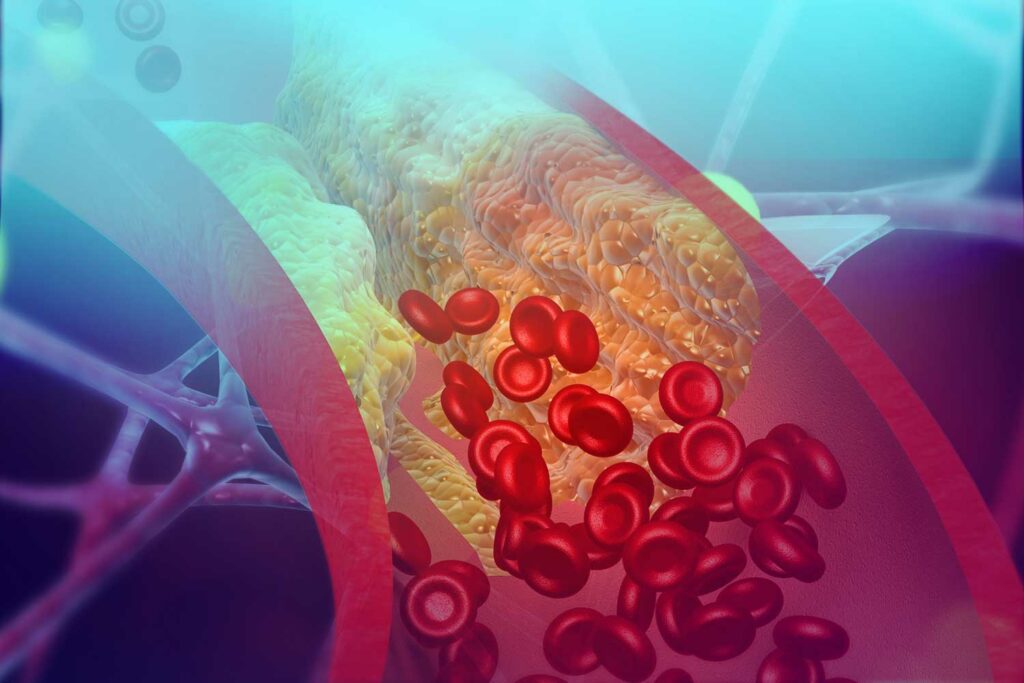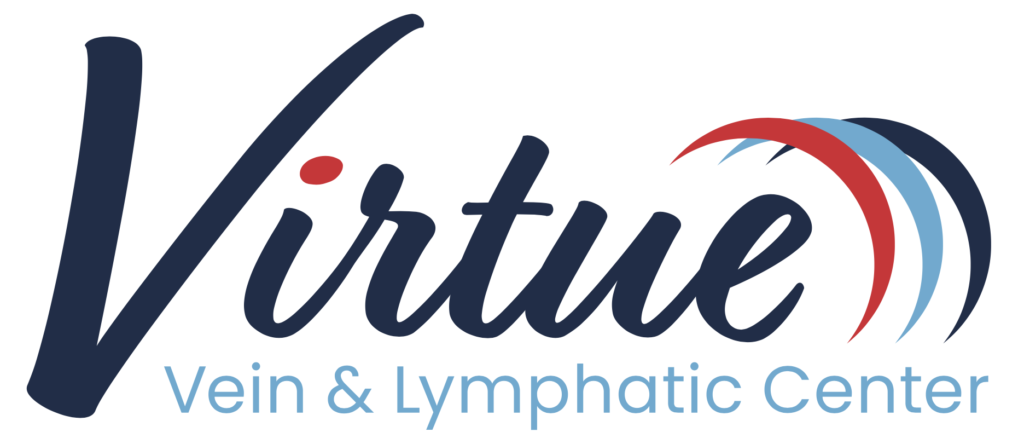Deep Vein
Thrombosis - DVT
Feel Good About Your Legs Again
What is Deep Vein Thrombosis?
DVT is a life-threatening condition. It’s a blood clot deep inside the body, usually the calf of the leg, but it can be anywhere. The risk is the clot traveling to the lungs, becoming a pulmonary embolism. If this happens, the clot can block a major artery of the lung.
Untreated DVT can lead to Post-Thrombotic Syndrome (PTS) which is scarring in the blood vessels due to decreased circulation.
Our Advanced Treatments
Depending on the severity of your DVT, we may use catheter-directed thrombolysis – also known as clot busters. In more severe cases, we use recanalization to open up the artery and re-establish blood flow.
Symptoms of DVT
- Aches
- Pains
- Swelling(unusual andsudden),
- usually worseon one side
- Tenderness
- Cramps
- No symptoms at all
Symptoms of PTS
- Pain (aching or cramping)
- Heaviness
- Itching or tingling
- Varicose veins
- Brownish or reddish skin discoloration

What is Deep Vein Thrombosis?
DVT is very treatable. If you’ve had any of the symptoms listed above, or just an unexplained pain in your leg that has lasted several days, a simple ultrasound will determine if it’s DVT.
Get Treated Sooner
Because we’re highly specialized, with seven treatment locations in the St. Louis area, we’re able to schedule your exam and treatment much sooner than other facilities. Call us at 314-956-1818 or complete this contact form to get started.
Schedule a Consultation
What To Expect
Consultation
Dr. Krikorian will examine your legs and feet, or possibly your arms. Depending on your condition, we may do ultrasounds. We’ll do labs prior to follow-up or procedure.
Procedures
Usually, a blood clot can be dissolved with medications. However, if you need a thrombectomy, which is minor surgery, we can schedule you at one of our out-patient surgical centers.
Recovery
We will prescribe long-term blood thinners.

"No More Pain"
MaryAnn R.

"I Walked 2 Miles the Next Day!"
Shirley M.

"They Listen Very Well!"
Jeff K.

"Very Knowledgable!"
Happy Patient

"My Leg is Feeling So Much Better!"
Marlene G.
Deep Vein Thrombosis FAQ
DVT can happen to anyone at any age, but it’s most common in people over 60. You’re at more risk if you sit for long periods of time, are pregnant or on birth control pills/have hormone replacement therapy, overweight, smoke, or have other diseases such as cancer, IBS, or heart failure. If a family member has DVT, you’re also at increased risk.
This is a serious medical condition, so most insurances cover treatment.
Typically, no.
It’s very possible, depending on your condition. Once you have one DVT, you’re more susceptible to another.
Weight management and exercise helps prevent DVT. Avoid sitting for more than a half hour at a time and consider wearing 20-30 mmHg compression stockings.

